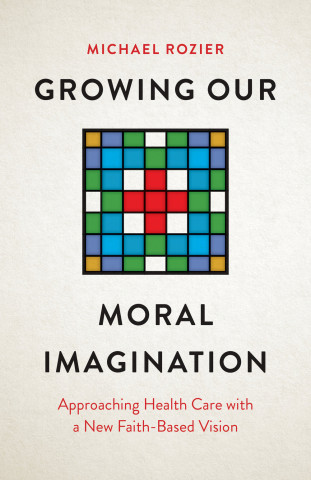
Reviews
An important contribution and a welcome addition to the burgeoning study of Palestinian monasticism in general and of Gaza in particular.
This little book should not only be on the shelves of every monastic library, it should also be read by anyone with an interest in the give-and-take between monastic and everyday life inside and outside monasteries.
An important contribution to the understanding of the development of the early desert literature and a fine introduction to the relationships among monastics and laity in the sixth century.
Groundbreaking work... Provides an informative, engaging interpretation of a daunting body of evidence that, in turn, makes an important contribution to an understudied form of monasticism in the Gaza region.
An important contribution and a welcome addition to the burgeoning study of Palestinian monasticism in general and of Gaza in particular that we witness in recent years.
Based on very exciting material, and she presents it very accessibly to the wider audience it deserves. The whole work is well-structured.
An important contribution... The first book-length exploration of the entire epistolary collection in its social context.
Profitable reading for anyone interested in Eastern monasticism or in the nature of ascetic authority. Hevelone-Harper presents an academically intriguing and spiritually uplifting glimpse into the nature of the desert ethos.
Hevelone-Harper's fine study offers vivid and persuasive evidence from the early centuries of monasticism of just how central to Christian life the monastic impulse was. For this reason, the book should be part of the field of vision not just for specialists in monastic history but for all who wish to understand Christianity in its historic context.
A topic of great importance in the study of Holy Men, and in the study of this community, is the relationship between the community and the wider world. The strongest chapter of this book examines these relations closely.
Hevelone-Harper demonstrates with real subtlety how spiritual authority developed and came to be transmitted among the monastic communities in Gaza. A first-rate work of scholarship.
Indispensable for students of asceticism in the later Roman world and well worth the attention of a broader audience.
A responsible and sensitive introduction to the authority and practice of these remarkable monastic spiritual directors—how they established and maintained their authority despite challenges to it, how they guided disciples from their first interest in the ascetic life to their monastic maturity, and how they interacted with lay Christians and other authoritative figures in Palestinian Christianity and the wider society.
... ambitious and satisfying book...
Book Details
Preface
Introduction
1. Gaza: Crossroads in the Desert
2. Tawatha: Looking for God in the Desert
3. Dorotheos: From Novice to Spiritual Director
4. Lay Disciples: Social Obligations and Spiritual Concerns
5
Preface
Introduction
1. Gaza: Crossroads in the Desert
2. Tawatha: Looking for God in the Desert
3. Dorotheos: From Novice to Spiritual Director
4. Lay Disciples: Social Obligations and Spiritual Concerns
5. Bishops and Civil Authorities: Rulers of Church and Empire
6. Aelianos: Leader for the Next Generation
Conclusion
Notes
Bibliography
Index





